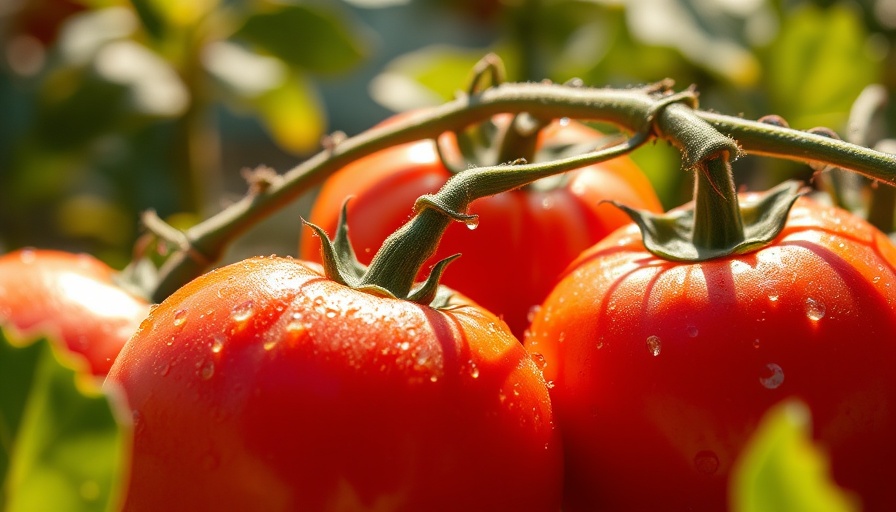
Unlocking the Secrets of Tomato Sun Needs
When we think about the perfect tomato, many of us envision plump, juicy fruits bursting with flavor. But have you ever wondered why some tomatoes thrive in gardens while others sulk in the shade? The key to their success lies in one crucial element: sunlight.
The Magical Number: How Much Sunlight Do Tomatoes Really Need?
Tomatoes are famously sun-hungry crops. For optimal growth and fruit production, they require a whopping six hours of direct sunlight each day. This full sun exposure is critical for these vibrant plants, which originally hail from the sun-drenched regions of South America. While five hours of sunlight can sustain your tomatoes, increasing to eight hours can lead to a bountiful harvest filled with rich flavors and firm fruits.
Seedlings and Sunlight: A Delicate Balance
Starting your tomatoes from seeds demands careful consideration when it comes to sunlight. During germination, your tomato seeds don’t need light, but once sprouted, those seedlings are thirsty for the sun. Ideally, they should bask in about six hours of strong, direct sunlight. If you find your seedlings stretching toward the light or turning pale, these are telltale signs they might need additional exposure.
Challenges of Limited Sunlight
Living in a less than sunny environment—perhaps surrounded by towering trees—can pose challenges for growing sun-loving vegetables like tomatoes. While it’s tempting to use the most conveniently available garden space, this may compromise your yields. I’ve encountered this challenge firsthand. Growing tomatoes in partial sun areas resulted in fewer fruits and less robust plants compared to those thriving in direct light. Thus, scouting for the sunniest spot in your garden is essential for tomato success.
Practical Tips for Maximizing Sunlight
If you find yourself grappling with limited garden sunlight, don’t despair! Here are some practical gardening tips to enhance your tomato plants’ sun exposure:
- Choose the Right Location: Identify which areas of your garden receive the most sun throughout the day. Aim for locations that get a full six to eight hours of sunlight.
- Utilize Grow Lights: If natural sunlight is scarce, consider using grow lights for your seedlings. Position them close enough to provide ample light without causing scorching.
- Mind Your Mulch: Garden mulch not only helps retain soil moisture but can also impact light availability. Consider using lighter-colored mulch to reflect more sunlight.
- Raise Your Beds: Constructing raised garden beds can enhance drainage and exposure to sunlight, making it easier for your tomatoes to thrive.
- Companion Planting: Incorporate companion plants that can help create a balance within the solar exposure by maximizing space and light.
More Than Just Sunlight: Additional Care for Your Tomato Plants
Besides sunlight, ensure that your tomatoes receive well-draining soil enriched with nutrients and adequate water. Regular maintenance, including pruning and pest management, keeps your plants healthy and productive.
Conclusion: The Benefits of Understanding Tomato Sun Needs
Growing tomatoes can be immensely gratifying and equally challenging, especially when it comes to ensuring they receive the right amounts of sunlight. By understanding and implementing the right growth strategies, you’ll not only increase your chances of a fruitful harvest but also bring vibrant flavors to your table. Now that you know how crucial sunlight is for tomatoes, you're one step closer to a thriving garden!
 Add Row
Add Row  Add
Add 




Write A Comment